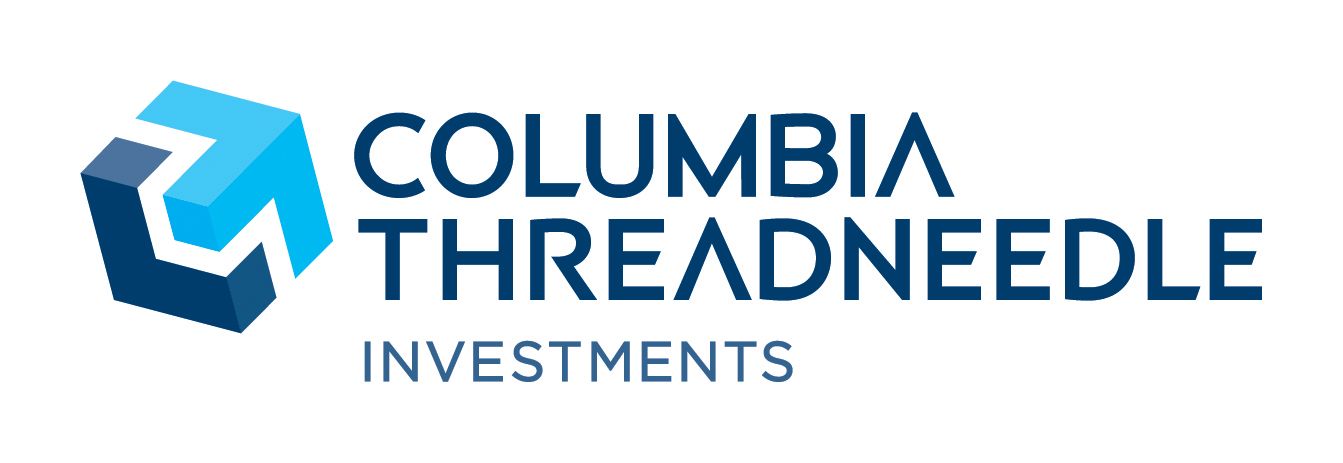What is the regulatory outlook for responsible investment funds?
The responsible investing fund universe is evolving rapidly, but do advisers need to worry about the impact of regulation on their portfolios?

Among the factors cited for the relative decline in client interest in sustainable investment strategies over the past year has been concern from some investors around the definitions of sustainability, and concerns that some providers are labelling funds incorrectly in order to attract assets – a phenomenon known as 'greenwashing'.
This perhaps reached a peak when Greta Thunberg withdrew from an event only tangentially associated with Baillie Gifford on the basis that the latter has some fossil fuel investments and therefore that any claims it makes for its sustainable funds are greenwashing.
Stephanie Butcher, co-head of investments at Invesco, previously told FT Adviser that lines may have become “blurred” within some parts of the industry between how funds that do environmental, social and governance-related due diligence are presented relative to products that have an explicit commitment to sustainability.
Into this mix came the EU’s sustainable finance disclosure regime, which created tiers of funds, enabling an adviser to understand that, for example, a fund classified as article nine achieves more from an impact investing fund than an article eight fund.
Although those are EU legislation, providers marketing funds in the UK have in many cases used the same terminology, such that it has become well known in the UK investment market.
The UK government is to bring out its own rules covering this market in the coming months, but Chris Fidler, head of industry standards at the CFA Institute, says he believes the reason the existing SFDR regulations have not added sufficient clarity for advisers and their clients is that the regulations were intended to provide clarity around how products are permitted to be marketed, rather than how they actually invest.
He says: “The problem for investors is there are a very wide range of product types out there, from funds at one end which simply exclude companies, to those at the other end which invest with a positive impact in mind.
"I think to understand where some of the confusion is, you have to divide up the regulatory frameworks into disclosure requirements and classification.
"And the issue with SFDR is that it is being used by some as a way of classifying funds, so stating that a fund is article nine, for example, was being used to denote the philosophy of the investment product.
"But that is not what SFDR is supposed to do. It is supposed to be about how much disclosure the funds make about their investments, so a fund that is classified as article nine, that means it is disclosing a high level of information about its holdings, rather than meaning it and all of the other article nine funds can be categorised as investing in the same way."
Pyrrhic victories
Fidler adds that "in the investment space it is actually difficult to do classifications, because there are a lot of abstractions, for example if something is described as an environmentally friendly cleaning product, what does that really mean?
"There are always going to be trade-offs, and the very nature of sustainable investing is changing; it used to just mean environmental, but now social factors are also important."
Graham Hook, head of government relations and public policy at Invesco, says the SFDR regulation “has evolved into a de facto labelling regime, but it is poorly understood by retail investors and requires an overhaul to deliver the clear, simple, decision-useful information that retail investors need to navigate successfully the sustainable investment universe.
“There are also significant opportunities to better align SFDR with related parts of the EU’s sustainability-focused legislative and regulatory framework, such as the European Securities and Markets Authority’s proposed guidelines on fund naming, proposed changes to Priips disclosures, and the corporate sustainability reporting directive.
“Without closer alignment and greater clarity, there is a risk that retail investors will be left perplexed by sustainability disclosures, and that data quality issues and reporting gaps will persist.”
Hook says he believes the FCA will publish its own regulations before the end of 2023, but notes: “But the months of delay demonstrate just how challenging a task it is to create a fund classification system that is both meaningful and intuitive to retail investors and which also spans the wide spectrum of existing ESG-related investment strategies.”
James Upton, senior corporate governance specialist at Pictet Asset Management, says one of the reasons the SFDR regulations are limited in terms of their value as a classification tool is that, "while funds have to disclose to a certain level, companies in Europe do not, whereas in the US, individual companies that a fund may invest in have to make disclosures, so I guess that may be the next step for the regulation in Europe".
Thomas Willman, regulatory lead at Clarity AI, a technology platform that allows investors to check the sustainability of their portfolio against specified criteria, says the SFDR definition of sustainability is “flexible” and so has been interpreted in a number of different ways by firms.
His view is that an appropriate way to think about the different levels of sustainable investment is: “Does an investment contribute to a specific sustainability outcome? Does it overall do no significant harm? And does it have good governance?”
Callum Wells, who runs a sustainable investment portfolio at Castlefield, says the industry has done a good job to help clients understand the different terminologies, but says: “There needs to be an arbiter of standards, and that can only be a regulator.”
He adds: “Regulation that supports clients in building values-based portfolios, by removing barriers such as product or service complexity and an overwhelming quantity of jargon for instance, is a good thing.
“Regulation won’t boost the investment case for sustainable investment per se, but it can create a supportive environment to enable client choice.”
Wells says that the broader regulatory environment in the UK is skewed towards sustainable outcomes and so regulation should not generally be viewed as inimical to positive investment outcomes for sustainable investors.
Evolution road
Fidler says that while he does not believe a “perfect” classification system can exist, he thinks the EU may well evolve the SFDR regulations and “learn” from the UK’s regulations when they are published.
He says he believes different countries and jurisdictions will have different regulatory frameworks shaped by the priorities of clients in those regions.
For example, data at present shows demand among clients in the US is much more focused on the social than the environmental, whereas in Europe the reverse is the case.
He says one key thing for investors to consider is that: “You shouldn’t assume the social part of ESG is taken care of, it’s something that needs to be monitored, and the regulatory framework right now is not really clear on that.”
Willman says the SFDR regulations contain 18 “adverse indicators”, the presence of which can be used to assess the social impact of a fund.
The regulation does not regard these adverse indicators as categories for measuring social investments, but they can be regarded as ways to communicate with the client about the character of a fund and the extent of the social impact, Willman adds.
Hook says while the priorities of clients whose focus is social may differ from those whose focus is environmental, from a regulatory standpoint, there is no dramatic difference in terms of how funds with those different aims are treated.
He says: “Many of the rules governing fund reporting are similar for both environmental and socially-focused funds. For example, the draft labelling and disclosure rules from the FCA and the existing SFDR in the EU do not seek to make a significant distinction between the two.
“Moreover, at a global level, the baseline sustainability disclosure standards being developed by the International Sustainability Standards Board will likely increasingly cover social as well as environmental factors. However, the tools available for assessing whether economic activities can be classed as environmentally or socially sustainable differ.
“For example, the EU’s green taxonomy regulation only covers climate and environmental objectives, while plans to introduce a separate social taxonomy have been put on hold. Similarly, the UK’s green taxonomy, when it is finally published, is only expected to address environmental factors.”
On the home front
Wells says he believes the FCA’s regulatory approach will continue to be “principles based”, which should ensure, in his view, that investors in such funds should not be facing regulatory risk, and feels that the next phase of the regulatory landscape in the UK could be clearer definitions around the social and the environmental.
His view is that both the SFDR and the forthcoming UK regulations are a broad framework, and are quite clear in terms of how the environmental aspects are measured and communicated. He feels the next stage will lead to clearer communication around how the social aspects of a fund are communicated.
He says: “Although we expect SDR [forthcoming British regulations] to give equal importance to social and environmental issues, and rightly so, it’s clear that the investment community has made more progress on the environmental side.
“That’s evident through the certifications that have been developed for green bonds, for example, and also because corporate reporting has seen more standardisation for environmental metrics (which then makes aggregation at the fund level much easier).
“So in terms of the regulatory outlook, it’s the social metrics and social themes that might need more of a steer from the regulator. This could be done in a fairly light-touch way, by providing case studies and examples of social investing and the reporting of social metrics at fund level, for example.”
Willman adds that many of the UN sustainable development goals (metrics that are frequently cited by providers) contain several provisions that relate to social impacts, and so can be the start of a process of measuring the social impact of a portfolio.
David Thorpe is investment editor at FT Adviser





